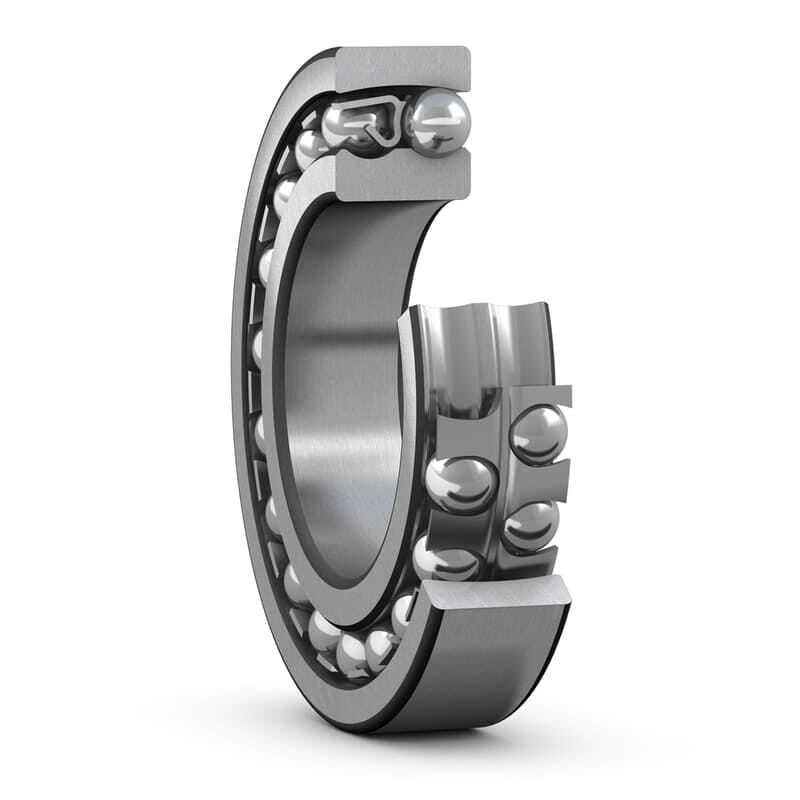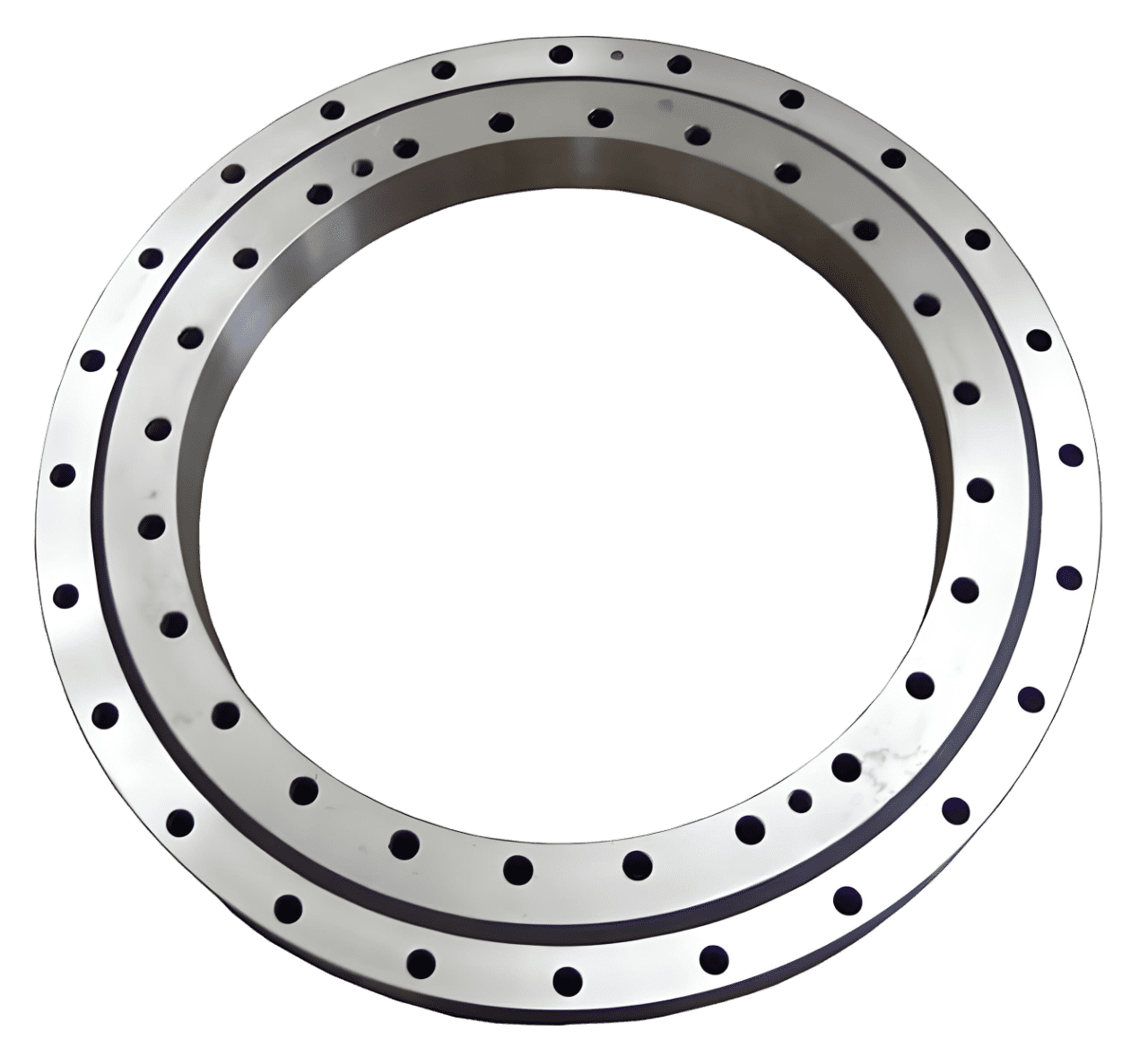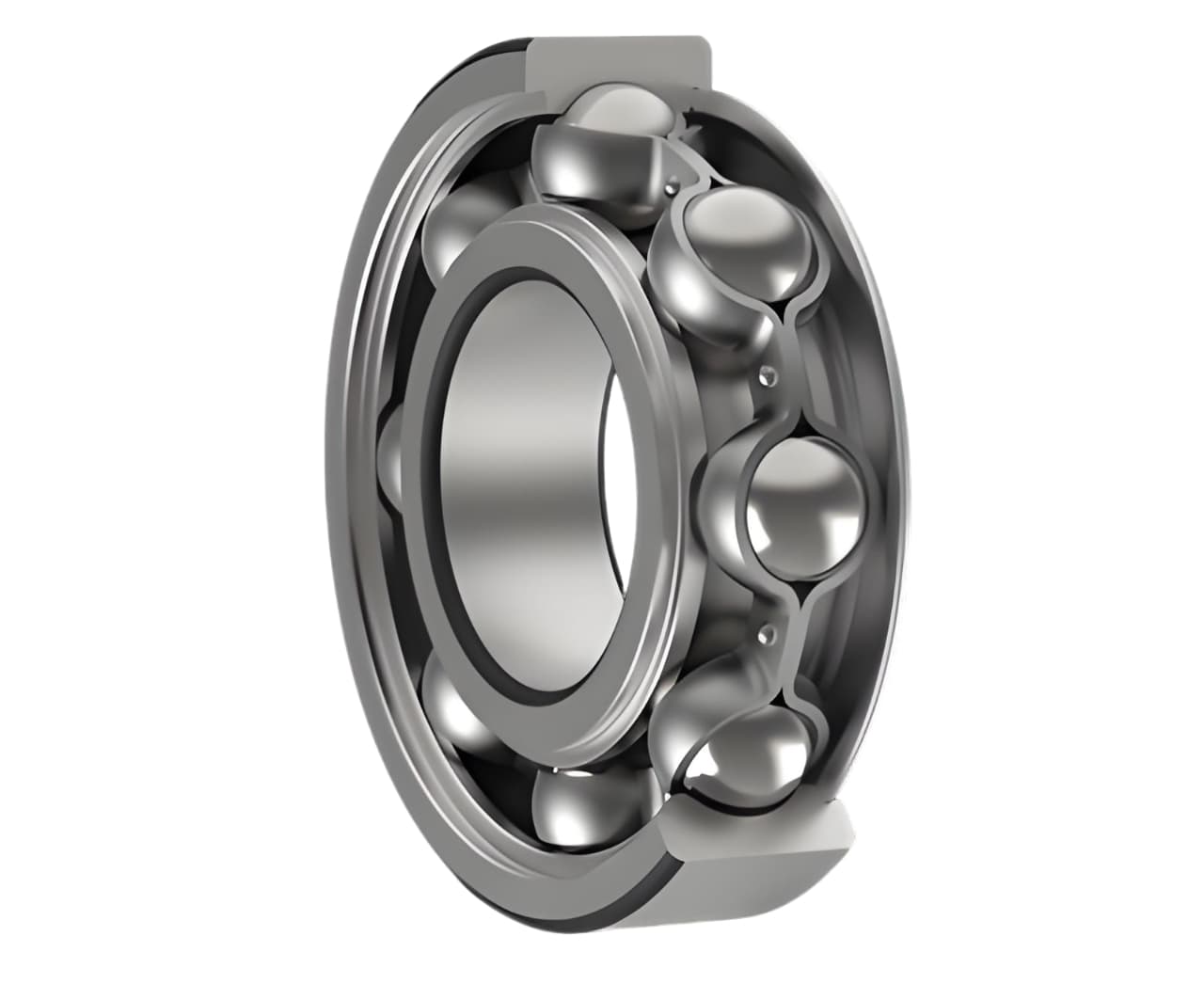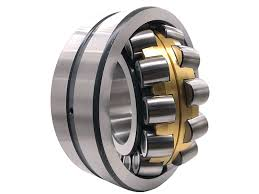What Is the Purpose of Flange Mounted Bearings?
Mounted bearings are essential for industrial machines. They support and stabilize rotating shafts, ensuring they stay aligned and reduce friction....

High temperature bearings are crucial for furnaces and ovens because they handle extreme heat without failing. They ensure smooth operation, last longer, and reduce downtime in high-heat conditions.
Standard bearings are not designed to withstand extreme heat and may experience deformation, accelerated wear, or premature failure. Their lubricants can also break down, causing poor performance and faster damage.
High temperature bearings are made with heat-resistant materials to handle extreme heat. They use special lubricants that don’t evaporate or break down, keeping them running smoothly. Some bearings even use solid or dry lubricants, so there’s no risk of lubricant failure.
High temperature bearings use special materials to resist heat and prevent damage. Heat-resistant alloys and ceramics prevent the bearings from bending or wearing out. Smart designs control expansion, helping to keep them precise. These features help the high temp ceramic bearings run smoothly, even in extreme heat.
Conventional bearings struggle in high-heat situations because their materials can deform or wear down under extreme temperatures. The lubricants used in these bearings can evaporate or degrade under high heat. This leads to insufficient lubrication and causes faster wear.
Additionally, the bearings may expand unevenly under high heat. This can cause a loss of precision and increased friction, ultimately leading to failure.
Thermal expansion in high temp bearings allows them to expand. This prevents them from losing shape and helps maintain precision. Special lubricants remain stable in heat, preventing breakdown. This reduces friction and wear, helping the high temperature bearings last longer.
Alloys such as stainless steel and graphite-based materials are commonly used in high temperature bearings. These materials are designed to withstand temperatures exceeding 400°C. These materials stay strong and resist heat, ensuring durability. Graphite helps reduce friction and wear, which makes the high temperature bearings last longer in extreme heat.
Protective coatings, like phosphate treatments, create a tough surface on bearings. This corrosion-resistant surface enhances wear resistance and helps the bearings last longer. These coatings reduce friction and prevent material degradation. This helps the bearings maintain their performance and durability in demanding conditions.
Solid lubricants like graphite or molybdenum disulfide reduce friction in high heat without breaking down. High-temperature greases, made with special oils, stay stable in extreme heat. They keep the high temperature bearings lubricated, preventing failure and extending their life.
Minimal relubrication and less downtime are important in harsh environments to keep things running smoothly. They help reduce the need for frequent maintenance. With high-quality lubricants and coatings, high temperature bearings last longer without needing relubrication. This leads to fewer interruptions and better productivity, especially in tough conditions.
Increased clearances in bearings allow space for materials to expand at extreme temperatures. This prevents stress or deformation, ensuring smooth operation. This extra room allows the bearing components to move freely and maintain smooth operation, even under high heat. It prevents damage and helps maintain the bearing's performance.
Specialized seals or shields are needed in high temperature bearings to prevent contamination from dust, dirt, or moisture. This helps protect the bearing from performance degradation. They help retain lubricants by preventing them from leaking out. This ensures consistent lubrication, reduces friction, and extends the bearing's lifespan.
In furnaces and ovens, bearings are exposed to high temperatures, usually between 200°C and 800°C. These high temp oven bearings need to be made from heat-resistant materials, like ceramics or special alloys, to keep working properly. They must also handle temperature changes without losing shape, and use lubricants that won’t break down in the heat.
In industries such as manufacturing and food processing, high temperature bearings in furnaces and ovens are frequently exposed to challenging conditions. These include dust, ash, or food residue. These contaminants can degrade performance, so high temperature bearings must be sealed or shielded to prevent damage and maintain smooth operation.
Special coatings or materials are often applied to high temperature bearings to resist buildup. This ensures the bearings remain effective even in harsh environments.
In furnace conveyors or oven carts, the speeds are relatively slow, which helps reduce the strain on bearings. However, even at low speeds, the high loads from heavy items being moved can cause wear over time. High temperature bearings in these systems must be designed to handle heavy loads without excessive friction or heat buildup. This ensures smooth movement and longer operational life, even under slow speeds and heavy demands.
High temperature bearings handle heavy or sudden loads resulting from expansion or misalignment by utilizing strong materials. These materials can absorb shocks and facilitate movement effectively. Extra space in the design helps the high temperature bearings adjust to misalignment, while heat-resistant materials prevent damage. Seals and shields also protect the bearings and keep the lubrication in place for smooth performance.
Here is a comparison table of ball bearings and roller bearings adapted for high heat environments:
|
Feature |
Ball Bearings |
Roller Bearings |
|
Load Capacity |
Lower (suitable for light loads) |
Higher (suitable for heavy loads) |
|
Speed |
Ideal for high-speed applications |
Better for lower-speed or heavy-load applications |
|
Friction |
Lower (reduces friction) |
Higher (because of larger contact area) |
|
High-Temperature Performance |
Suitable for high temperatures but limited by load capacity |
More durable under high temperatures and heavy loads |
|
Durability |
More prone to wear under high heat |
More durable under extreme load conditions |
|
Application |
Suitable for high-speed, light-load applications |
Suitable for heavy-load, low-speed applications |
Metal/graphite composite bearings don’t need grease or oil to work. They combine the strength of metal with graphite, which naturally reduces friction and wear. The graphite helps the bearings run smoothly and last longer without needing lubrication. This makes them great for high-temperature or tough environments where lubrication could fail.
In high-temperature settings, grease-based lubrication is impractical in industries like:
Check the alignment and spacing of bearings to avoid strain, especially in high temperatures. Misalignment can cause extra wear and damage. Proper alignment helps the bearings last longer by spreading the load evenly and reducing friction.
Fixed and float arrangements are used to handle axial expansion in bearings, especially in high-temperature environments:
Regularly monitoring the temperature of bearings is essential, especially in high-heat environments. If the temperature gets too high, it can affect the lubricant, leading to increased wear.
Choosing the right lubricant for specific temperature conditions is essential for maintaining smooth operation. It also helps extend the bearing's lifespan. Always ensure that the lubricant is suitable for the temperatures your equipment will reach to prevent failures.
In hot environments, over-lubricating bearings can be risky. Excess lubricant can break down when exposed to heat, resulting in buildup or residue. This buildup can clog the bearing and reduce its efficiency. This can cause increased friction, wear, and even bearing failure.
Applying the right amount of lubricant is important to avoid these issues and ensure the bearings operate smoothly.
Regular checks are important to spot signs of wear, vibration, or strange noises in bearings. Looking for these early signs helps catch problems before they get worse, saving time and money. Checking for unusual sounds or vibration can show if something’s wrong, while looking for wear ensures the bearings are working well. This keeps equipment running smoothly for longer.
Scheduling regular maintenance is key to avoiding sudden bearing failures and long downtimes. By checking and maintaining bearings before problems occur, you can catch issues early. This helps prevent costly breakdowns and keeps operations running smoothly. This keeps your equipment running smoothly and reduces unexpected disruptions to operations.
High temperature bearings are perfect for furnaces and ovens because they can handle extreme heat. They use special materials and lubricants that keep them running smoothly and prevent wear. These bearings can also handle heavy loads, maintain accuracy, and resist damage from heat or dirt.
Choosing the right bearing and taking good care of it keep things running smoothly. This reduces unexpected problems, less downtime, and helps your equipment last longer.
For the best high temperature bearings, contact LILY Bearing. We can help you choose the right bearings for your needs and ensure your equipment runs smoothly for longer.

Mounted bearings are essential for industrial machines. They support and stabilize rotating shafts, ensuring they stay aligned and reduce friction....

Cam followers play a vital role in the overall health and efficiency of your engine. Neglecting the condition of this component can lead to major...

A spherical roller bearing is a type of bearing that helps support rotating shafts in machines. It has a set of round rollers inside that are shaped...